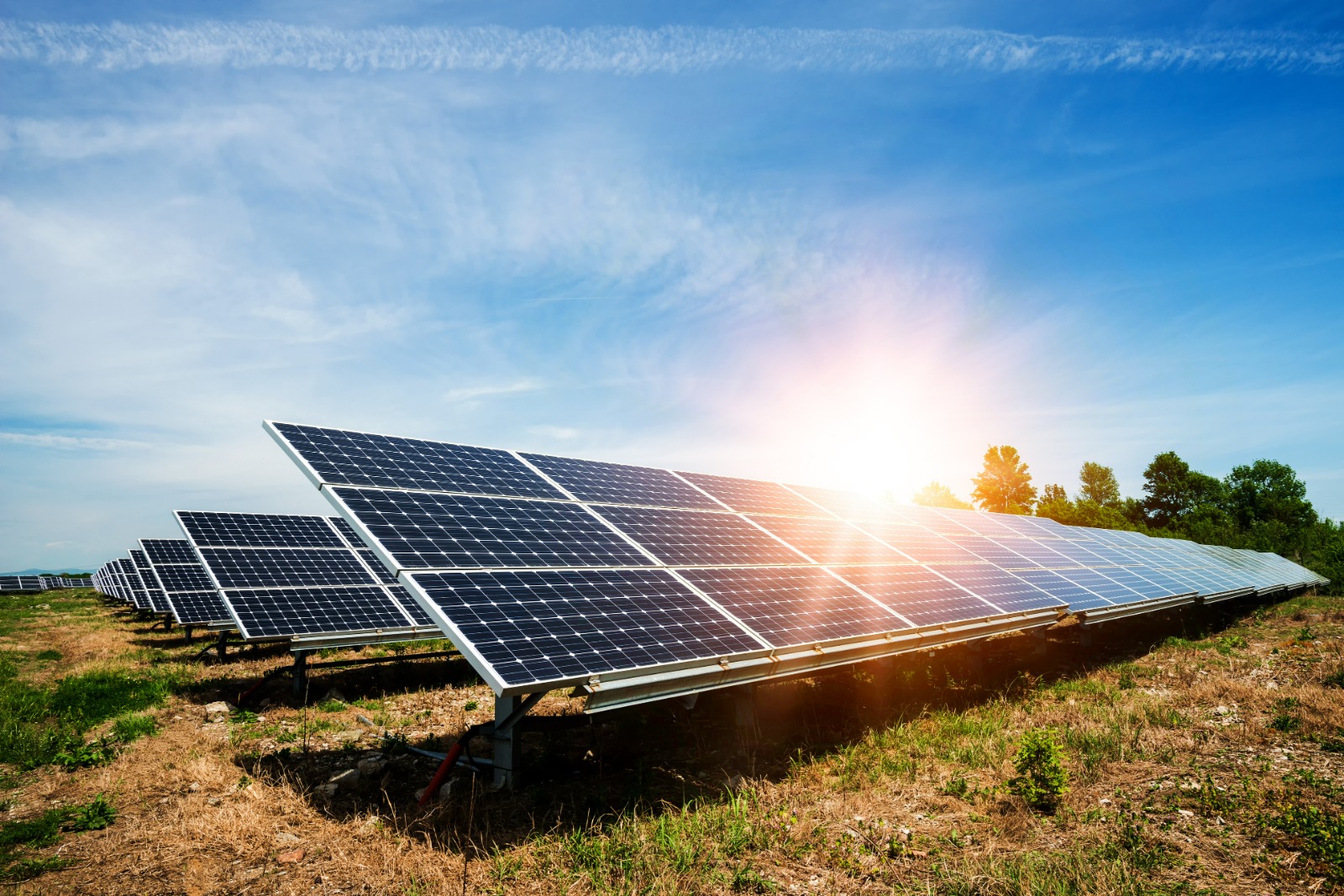mail info@star-centre.org

Ethiopia's NEP 2.0 is an ambitious project with the goal of providing electricity to all by 2025. The program utilizes a synchronized strategy that integrates grid and off-grid solutions for effective last-mile service delivery. The goal is for 65% of the population to have access to electricity through the grid by 2025, with the remaining 35% turning to off-grid technologies like stand-alone solar systems and mini-grids.
The solar industry is vital in NEP 2.0. The goal of the project is to increase solar power capacity to broaden the energy sources and improve energy safety. Ethiopia aims to have 3,500 MW of solar PV capacity installed by 2025 and plans to add another 5,300 MW by 2030. The emphasis on solar power is a key aspect of a wider plan to utilize decentralized renewable energy technologies, especially in areas that are lacking in services and at risk. The program offers financial support for importing and assembling renewable energy products such as solar lanterns and solar home systems. Funding is given to microfinance institutions to provide loans to families for buying and installing these products. This holistic strategy seeks to boost electricity accessibility while also encouraging sustainable and renewable energy sources, greatly influencing Ethiopia's energy system.
Read more: ethiopia-national-electrification-program.pdf (powermag.com)
Ethiopia's Growth and Transformation Plan II (GTP II) was implemented from 2015/16 to 2019/20 with the goal of propelling the country towards becoming a lower-middle-income nation by 2025. The plan focused on achieving economic growth through an 11% annual real GDP growth rate, enhancing productivity in agriculture and manufacturing, and improving infrastructure in energy, transportation, and telecommunications. GTP II also emphasized social development by improving access to education, healthcare, and other services while addressing environmental challenges for sustainable development. The plan aimed to build on the successes of GTP I and ensure inclusive growth and equitable development across Ethiopia. Specifically, GTP II included initiatives related to the solar sector, emphasizing the development of renewable energy sources like solar to diversify the energy mix and increase electricity generation capacity. The plan supported large-scale solar projects, rural electrification efforts, and capacity building for the local solar sector to promote sustainable development and energy access for all citizens.
The National Roadmap for Scaling Up Productive Use of Renewable Energy (PURE) in Ethiopia provides strategic plans for increasing the utilization of renewable energy to promote economic growth. It consists of an in-depth examination of the existing policy and legal structure, identifying stakeholders, and assessing the needs and availability of renewable energy technologies. The roadmap outlines key goals and actions to promote the widespread adoption of renewable energy for productive purposes, emphasizing the importance of increasing awareness, securing appropriate funding, and enhancing skills of those involved in the ecosystem.
The document emphasizes the significance of solar technologies in meeting the goals outlined in the roadmap concerning solar energy. It talks about the importance of using solar-powered devices like solar lanterns and photovoltaic systems in rural areas to enhance energy accessibility and aid economic activities.
Read more: National Roadmap for Scaling Up Productive Use of Renewable Energy (PURE) in Ethiopia
